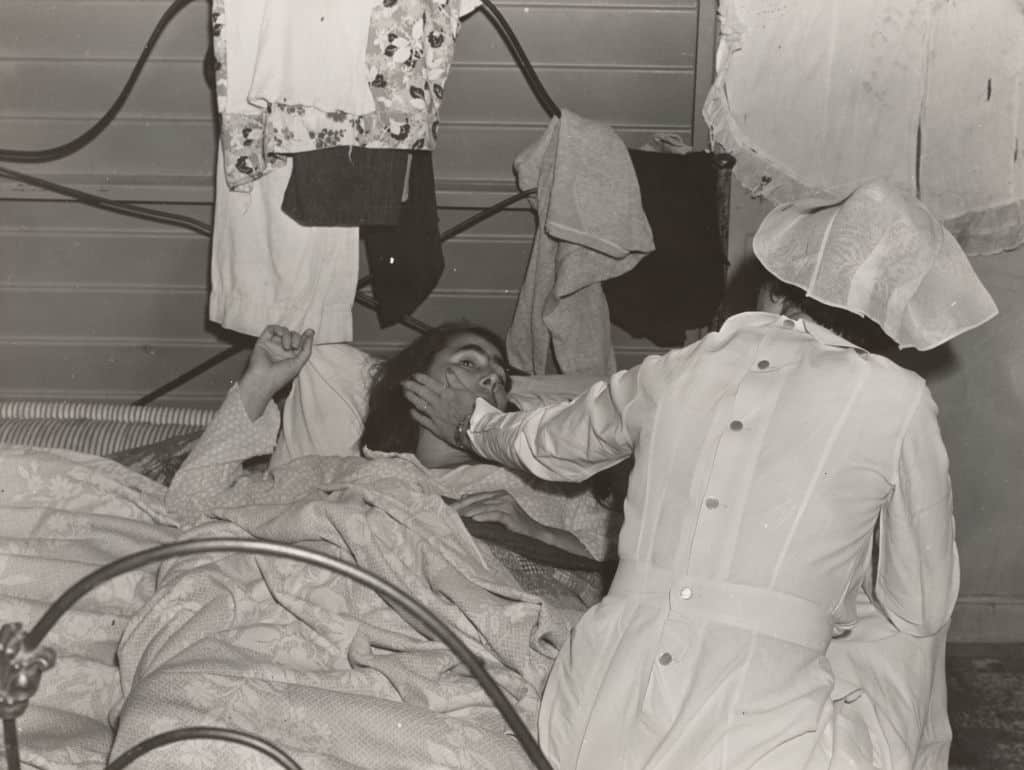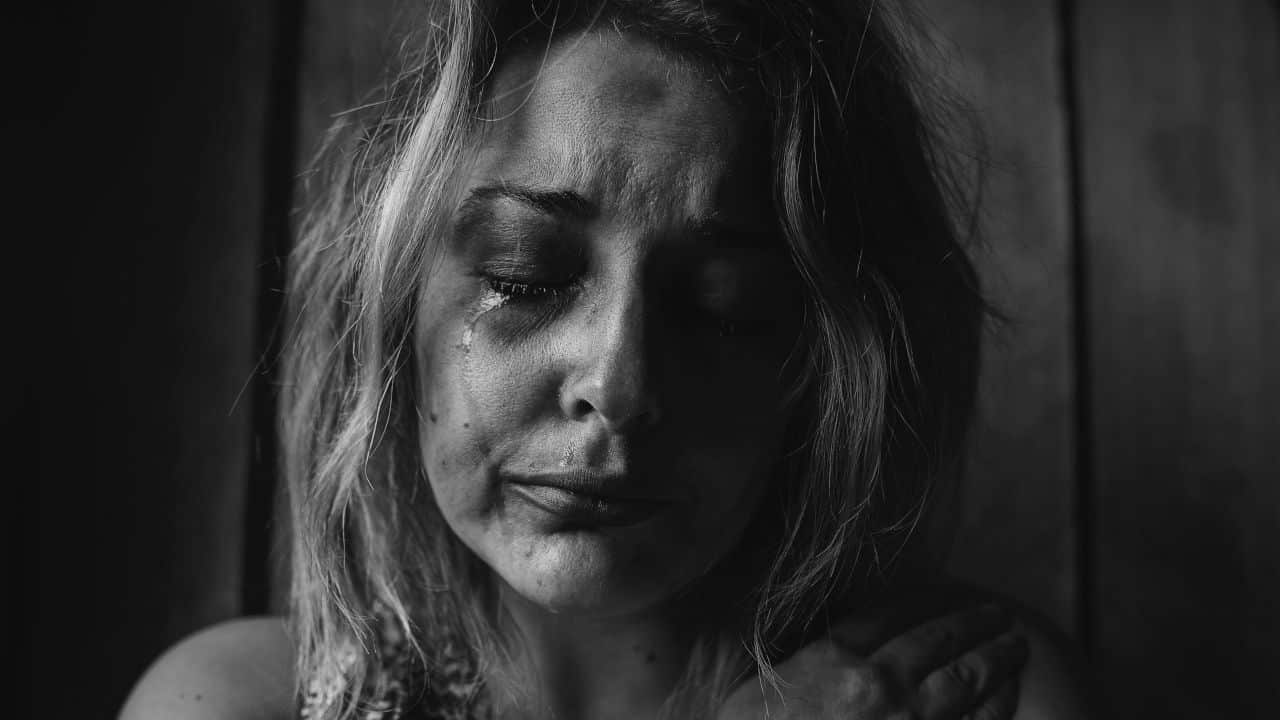Several pharmacological therapies used in treating patients sometimes have psychiatric side effects that mimic psychiatric illnesses. Corticosteroids, isotretinoin, Levo-dopar mefloquine, interferon-a, anabolic steroids, and numerous over-the-counter drugs can all cause depressive, anxious, or psychotic symptoms.
Several drugs, particularly those used to prevent suicide and depression, have been proven to have the opposite effect. Several antidepressants dramatically increase the chance of suicide.
A clinical investigation by the Food and Drug Administration revealed that individuals taking selective serotonin reuptake inhibitors (SSRI) had double the likelihood of suicidal thoughts or behavior compared to those given placebos.
Pain relievers and medicines used to treat bipolar disorder can sometimes be linked to suicidal thoughts and actions.
These side effects commonly occur due to the following:
- A medical professional’s incorrect diagnosis
- Off-label pharmaceutical prescription
- Product liability stemming from a defective drug
- Incorrect medicine use as a result of a doctor, manufacturer, or pharmacy providing incorrect or inadequate warnings
When a side effect critically disrupts a patient’s mental health, they can seek legal action to establish the wrong committed by the manufacturer or medical professional who prescribed the drugs.
In this instance, medical animation can be used to determine the effects of such medication on the patient.

How To Prove Psychiatric Side Effects Caused By Medications
Medication manufacturers, distributors, and dealers are responsible for developing, prescribing, and delivering safe medicines that include information about drug hazards.
Almost every medication on every shelf and behind every pharmacy counter has some unfavorable side effects (s), including psychological ones. They can range from relatively innocuous to potentially lethal.
Federal regulators tolerate unfavorable side effects despite federal laws, exact standards, and extensive testing that go into getting approval from the Food and Drug Administration. Even after receiving FDA permission, a manufacturer may face lawsuits.
A faulty product liability claim is filed when a person sues for harmful side effects of a drug to seek compensation for injuries and damages.
A person can seek judicial justice in the instance of any of the following:
- If a defective product caused the side effects
Defective medication lawsuits protect customers who are harmed by defective goods.
If the unusual psychiatric response can be traced directly to a drug that is defective in its production, then a victim may have a cause of action. This is incredibly easier to detect in cases with similar complaints from other drug users.
A class action is usually started in this kind of situation.
A victim may file a claim for compensation for a variety of harms.
2. If the medication lacks proper warnings or instructions on the label
Making a drug isn’t enough for a pharmaceutical company. Instead, they must advise potential users on the appropriate dosage. They must inform customers about any possible side effects linked with the medicine.
This is why many medications come with instructions and an exhaustive list of potential adverse effects.
A patient can sue the manufacturer if the warning is not proportionate to the adverse psychiatric illness caused by the medications.
Can Medical Animation Be Used To Prove Psychiatric Side Effects?
Detecting psychiatric side effects is sometimes tricky, especially in someone with a history of psychiatric illness. This is why a victim must get the assistance of a qualified and experienced psychiatric expert when side effects are suspected.
Psychiatric injuries caused by medication hazards can be severe and sad.
Where it is detected that a prescription is causing more harm than good, leading to adverse psychiatric effects, the patient who was wounded by the prescribed or over-the-counter medications can seek justice.
The medical expert can bring the case to life by depicting his testimony using medical animation. This way, the difficulty in describing the drugs and how they created that effect on the victim will be removed.
Moreso, the expert will be able to help the jury understand the case adequately, thus ruling out any confusion that may cause harm to the case.
Conclusion
Mental health is a fundamental medical and societal issue today. When a medication tampers with it, it violates a human right. Medical animation can be used to defend such rights and achieve justice.






